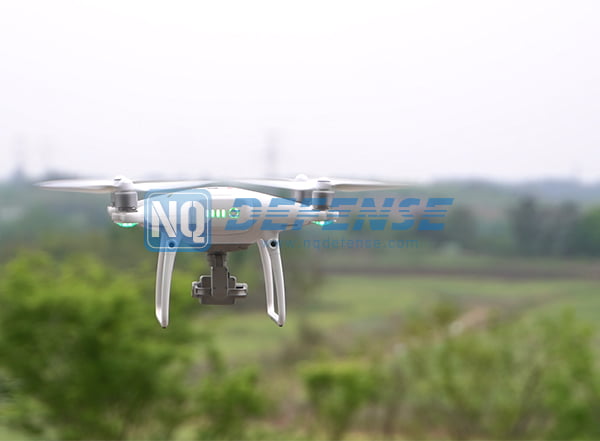
It is hard for ordinary radar systems to identify small drones or drones flying close to the ground. It is difficult to respond to the threats imposed by small drones in real combat without a special-optimized radar system.
Difficulties in how to detect a drone include:
- Electromagnetic interference will reduce the detection capability of RF sensors. In an urban environment, there are many potential interference sources, such as communication antennas, two-way radios, telemetry systems, and even power cables and LED lights.
- Some RF sensors, which are so-called “passive” sensing systems, may emit RF signals that can interfere with other communications, making them a source of interference.
- Camera system may confuse drones with birds or aircrafts, and it may also be affected by severe weather. In some scenarios, camera system may fail to spot drones that are backlit by strong light sources such as the sun.
- To detect drone targets, it is required to keep drones within the detection range for radars, RF sensors and EO/IR sensors. However, it could be a bigger problem in urban environments, where the drone may only appear for a few seconds, then disappear again.
- Certain flight modes of drones, most obviously hovering and vertical movement, may make it even more difficult to figure out how to detect a drone, for the detection systems using automatic tracking algorithms.
- RF detection systems only detect specific frequency bands in a pre-established database. Given the rapid rise of the drone market, if the database of anti-drone systems could not be updated frequently, it would be difficult to ensure the continuous and consistent detection capabilities towards all types of drones.
- To be effective, the detection equipment of the anti-drone system needs to have a low false alarm and missing alarm rates, which is not that easy to achieve. The detection equipment must not only be sensitive enough to detect all drones in the detection area, but also generate false alarms as less as possible, to keep the whole system functional.
To ensure the detection performance of the anti-drone system and filter out the real drone targets in complex environments, specially designed intelligent algorithms are needed.
Our team have taken these difficulties of how to detect a drone into account in the early stage of designing anti-drone systems. Many intelligent algorithms have been used to cross-filter and process signals received by the sensor, which make our systems better adapted to the detection of small drones.
To learn more about how to detect a drone, or our Anti-Drone System features and specifications, please click the link below.
https://www.nqdefense.com/products/anti-drone-system/
https://www.nqdefense.com/solutions/anti-drone-solution/
